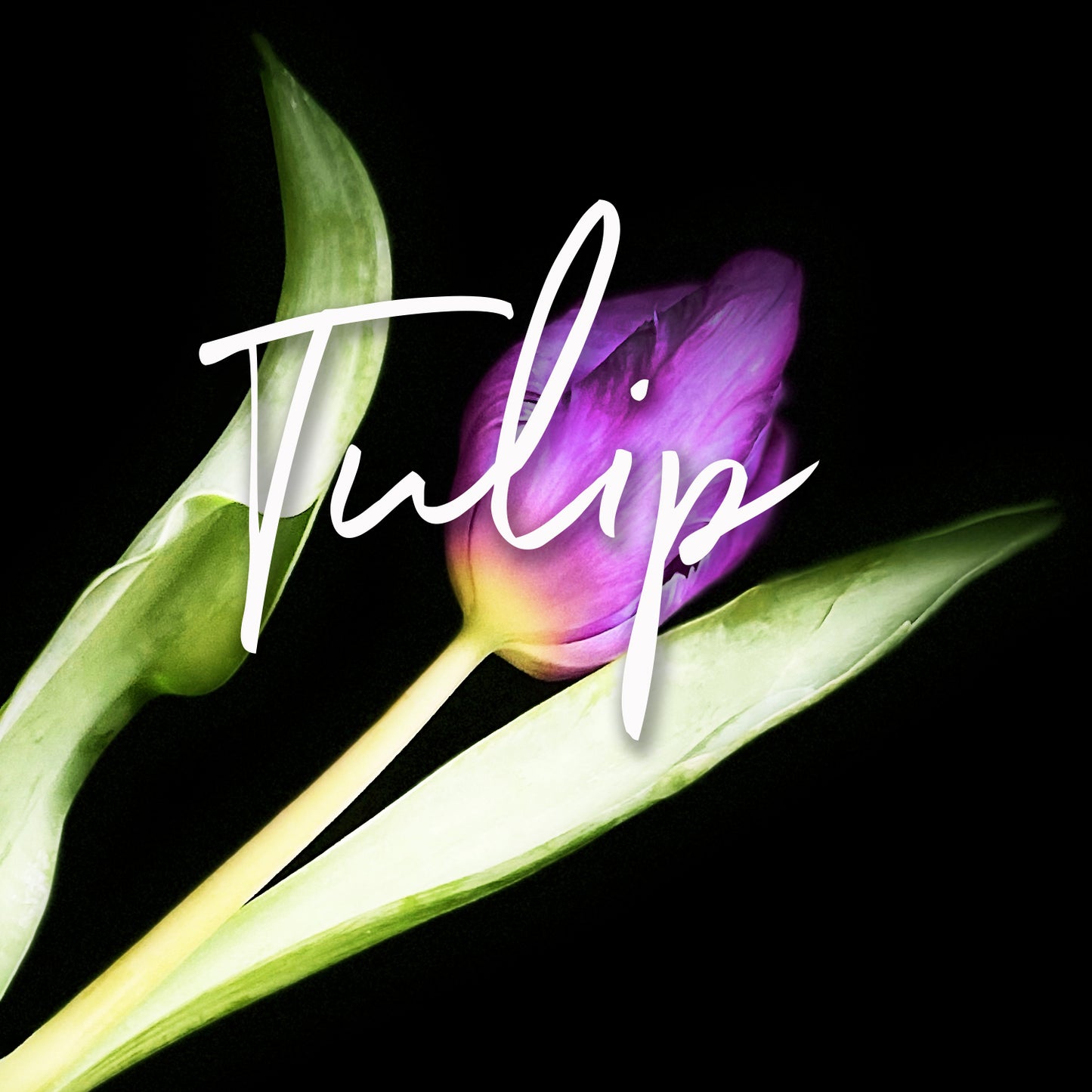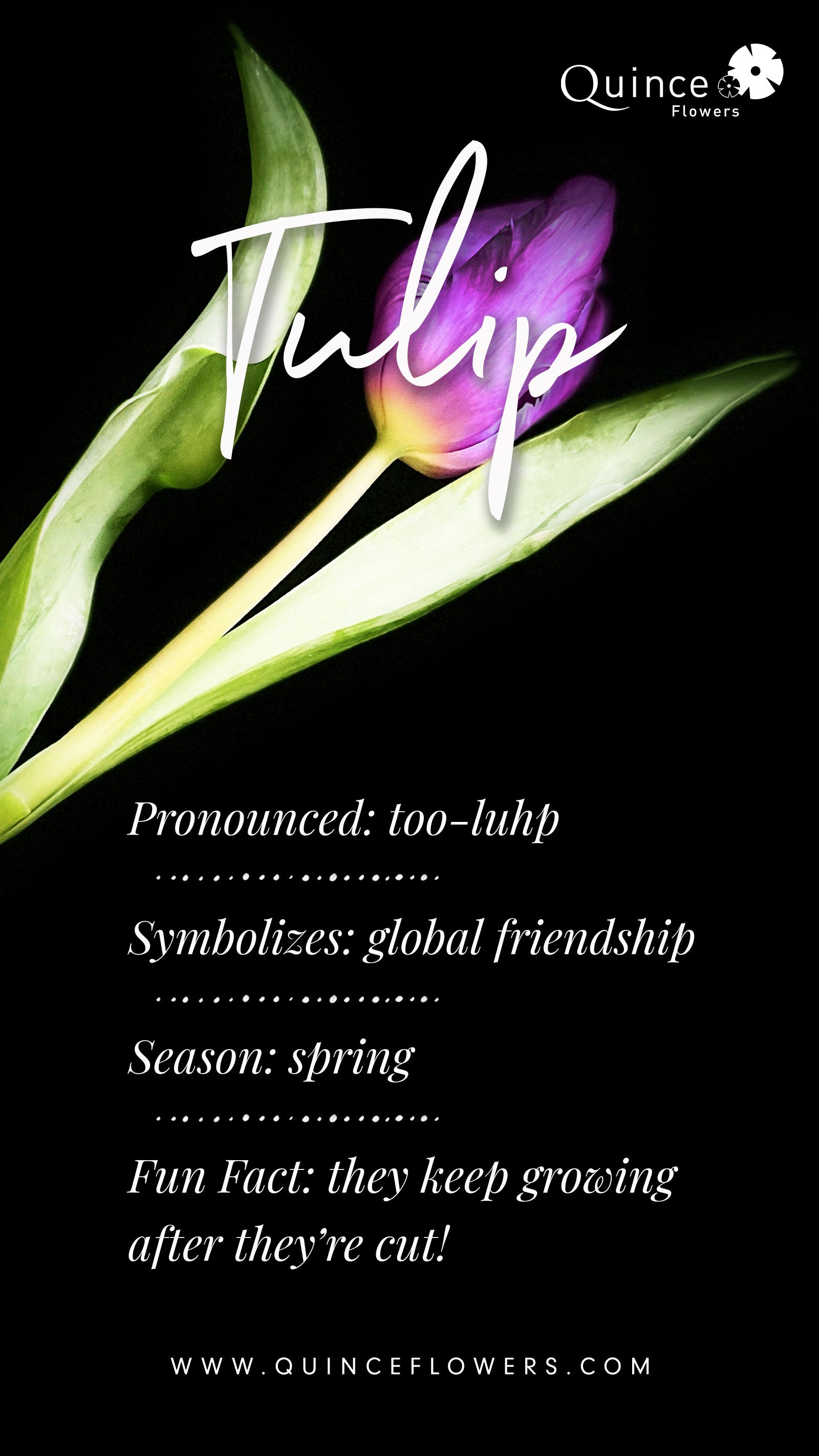
Tulips are one of the most popular flowers in the world. Every school child can draw one and we can all recognize it's elegant symmetry. This flower has a fascinating history as well as beauty.
Tulips were first introduced to Europe by Turkish traders in the 16th century. The word "tulip" comes from the Turkish word "tülbend" which means the cotton or linen cloths of a turban. The transfer of meaning likely comes from the similar shape of the flower.
The Dutch considered tulips so desirable that, in the 17th century, they used tulip bulbs as currency. The price of bulbs skyrocketed - some people were trading their homes for flowers! This led to Tulipmania, an economic bubble that eventually burst. Yet the popularity of tulips has never wained.
Canada has a special link to the Netherlands and her tulips. During WWII, Canada sheltered Queen Julianna and the Dutch family. Her daughter, Princess Margriet was born in Ottawa. Holland sent 100,000 tulip bulbs in gratitude in 1945, and have continued to send them every year since!
There's hundreds of different kinds of tulips, in many colours and a variety of styles. About 80% of them are still produced in Holland. Another fun fact: the irregular stripes and ruffles of the parrot tulip is caused by a virus. Over time, these special features became encouraged by breeders. Behold the "purple prince" parrot pictured here. Lovely, isn't it?
• Rosie, owner Quince Flowers


